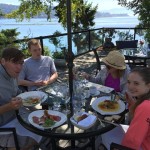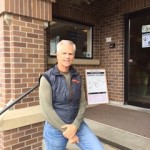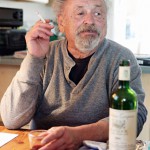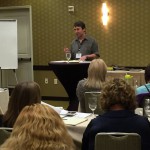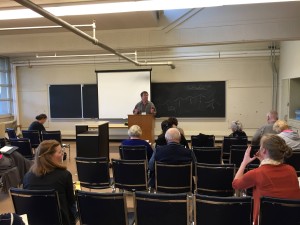
My winter Seattle Writing Class, Follow the Story, will focus on genre in narrative writing. We will discuss travel writing and many other genres during the eight- session class. Here are some tips for the would-be travel writer:
- START WITH FAMILIAR, GO TO THE UNFAMILIAR – Good travel stories meet the reader’s expectations about a place, but take them a bit further. Good stories take the readers as they are, and in the course of the journey, bring them to someplace new.
- STRUGGLE – Don’t forget to struggle a bit as you travel. If you fly from destination to destination without a hitch, you’re going to tell a BORING STORY. Conversely, if you have to work to get through your vacation then chances are you’ve got some drama to provide interest and suspense in your story.
- FOCUS ON PEOPLE as well as the place, especially people who are characteristic of it. Ever notice how the folks you met along your journey conjure up the strongest memories? It’s the same with readers. They want to be introduced to the folks that made your trip special. Add QUICK CHARACTER SKETCHES of the most memorable folks you met.
- ORGANIZE STORY AROUND SCENES – Don’t include every event that happened, just the important, lively, funny, fearful, memorable ones. This is one of the techniques I’ll discuss in the winter Seattle Writing Class.
- GENERALLY SPEAKING, USE FIRST PERSON POINT OF VIEW – Make yourself a character in the story. Filter the place through your point of view. Describe how it impinges on you. In first person point of view the “I” is the focal character and it selects, colors and shapes the material related in the story.When I write in first person, my feelings, thoughts, impressions are added to descriptions of the actions, so that the reader gets a sense of how they affect me, but the “me” is a very selective one, because I understand that readers are looking for a surrogate in the story and that my job is to fulfill that role without boring, irritating or putting them off
 The Writer's Workshop
The Writer's Workshop 